At the end of the First World War, most of Shaftesbury was sold – three times! And next year, Gold Hill Museum and the Shaftesbury Chamber of Commerce will mark the centenary of this major event in our town’s history with a special exhibition.
If you live or work in one of the town’s older buildings, you’ll be able to see how auctioneers presented your property. Exhibition organiser, Matthew Tagney, says that we should thank three visionary residents who decided to protect the spectacular scenery that we enjoy today. “I think that the green spaces in Shaftesbury are one of the most precious aspects that make this a great place to live,” Matthew said.
It’s hard to imagine someone purchasing an entire town, but that’s what happened to Shaftesbury, as Matthew explained. “In 1918, Lord Stalbridge sold off all of the property that his ancestors had acquired, in order to buy votes when this was a rotten borough. Then, you could get yourself elected to Parliament by bribing and cajoling the people who had to pay rent.
“Lord Stalbridge was more interested in racehorses. He owned a Grand National winner. At the end of the First World War, the Liberal government had increased taxes on the rich. Landowners wanted to divest a lot of land. Stalbridge wanted rid of it. He was going to auction everything but a week before the auction, he sold practically all of Shaftesbury to a speculator,” said Matthew.
It’s been suggested that the purchaser, Mr White, was a made-up name – a ‘cover’ for two men, Benton and Gaskain. Those speculators sold their new acquisition in just four days to a local syndicate made up of the Mayor, Dr Harris, the ex-Mayor, Mr Borley and a shopkeeper called Viney. But they didn’t hold on to the property.
“In 1919 there was a third sale, where these three gentleman, in a very public-spirited way, put it all up for auction in individual lots with the assumption that only the tenant would bid for each property. It was a gentleman’s agreement,” said Matthew. “This was a chance for tenants to become owners of their own home or business premises.”
We should thank this trio, especially Dr Harris, because the men had the foresight to take Castle Hill out of the third sale. The Council continued renting the green space for a while, before it was given to the town. “I think it is worth commenting on this gesture,” said Matthew. “They could have auctioned it off to somebody as grazing but they didn’t. They kept it out of the sale and they eventually gave it to the town. And people were generally able to buy their own properties.”
Lord Stalbridge sold the entire town of Shaftesbury for £80,000. In today’s money you may consider that a bargain. “This year is the centenary of Cecil Chubb giving Stonehenge to the nation and he bought it for £15,000. I read recently that was equivalent to nearly half a million pounds. So the £80,000 for Shaftesbury would be equivalent to a couple of million pounds in today’s money. For a town it is good going. For Shaftesbury, it’s very good going,” Matthew said.
The centrepiece of next year’s exhibition at Gold Hill Museum will be a huge map of Shaftesbury, as it was in 1919. The auction house produced this detailed chart and different lot numbers are highlighted using various colours. You’ll be able to see whether your home went under the hammer and, if so, there should be corresponding property information in the sales documentation.
“It is part of the sale catalogue by Fox and Sons. They are still going, in Southampton. We want to focus in on some of the individual lots,” said Matthew. “Prices have changed massively since 1919 and we want to show what a house was worth then, compared to the kind of prices they are now. Amenities have changed, too. In those days it was remarkable if there was an inside loo. It was something special. We would like to look at some of the individual houses, large and small, and the pubs. Some of them are still going of course.” Matthew said.
The substantial, neatly presented prospectus reveals that Enmore Green’s Fountain Inn was being sold, complete with outbuildings offering stabling for six coaches. The property was let to the brewery, Hall and Woodhouse, at £45 per annum at the time of the sale. The Crown Inn on the High Street and the Fox and Hounds Inn at St James have since closed, but the Ye Olde Two Brewers, then an Ushers brewery house, was offered in the auction. The agent highlighted the pub’s ‘large yard with carriage entrance’, garden with ‘rose arches’ and outside scullery in the sale particulars.
“We would like to look at some of the shops,” Matthew continued. “That will evoke lots of memories, especially for people who have lived here for a long time because some of those shops will still have been around in the memory of living people now.” Shaftesbury Chamber of Commerce will contact its members to encourage them to take part in the commemorations next year by displaying information about the traders operating from the premises 100 years ago.
Matthew’s also keen to look at the open spaces in the town as well as some oddities. “There was a soup kitchen in Parsons Pool,” he said. “The gasworks and gasometer at Bimport were also auctioned off. The inclusion of Lot 96 may well cause outrage today. The sale document offered the Shaftesbury Abbey excavations as an item of ‘special interest to archaeologists and antiquarians.’ The three-quarters of an acre lot was promoted as the ancient site of the Benedictine Abbey to which the bones of Edward the Martyr were removed for holy preservation.”
Matthew doesn’t know how much his own home sold for. “I don’t know, maybe I should find out,” he laughed. And he intends to search through the records to see how his St James home was described and promoted.
He’s keen for Shaftesbury residents with any of the original sales literature to get in touch. “Perhaps your grandparents bought the house that you live in,” he said. “There would have been three things. Tenants of Lord Stalbridge would have had a letter saying that he was selling out. There might be a letter from the syndicate saying that they have bought it. And then there would have been a third letter asking ‘do you want to buy it?’ If anybody has got those letters in the attic, we would certainly love to see them and if people are willing we could put them into the exhibition. That would certainly be history,” Matthew said.
When you take in the view from Castle Hill towards the Blackmore Vale, you can understand why almost 100 years ago, a civic-minded trio considered this to be such a special space. And it’s obvious why Shaftesbury should celebrate the men who rejected greed and personal gain to protect locals’ homes and livelihoods and our town’s special green spaces.
You can contact Matthew through ThisIsAlfred at hello@ThisIsAlfred or via enquiries@goldhillmuseum.org.uk
Copyright 2018 Keri Jones

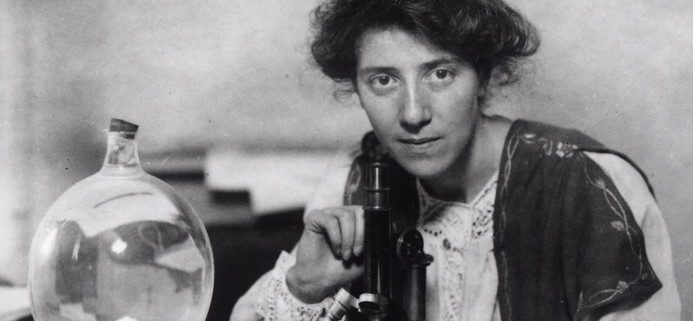

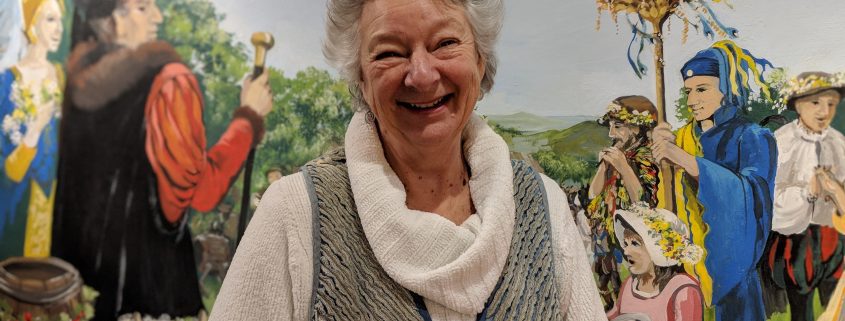
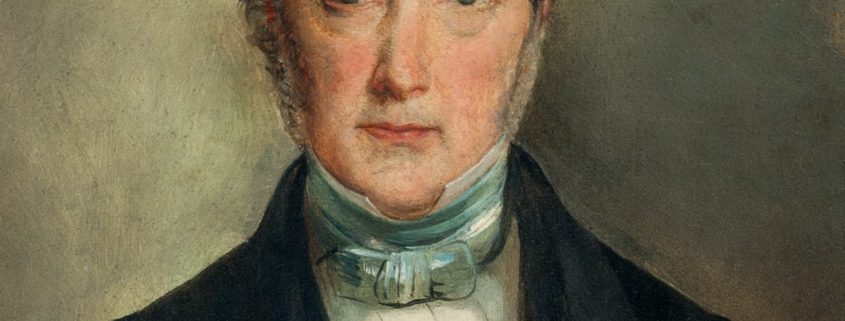
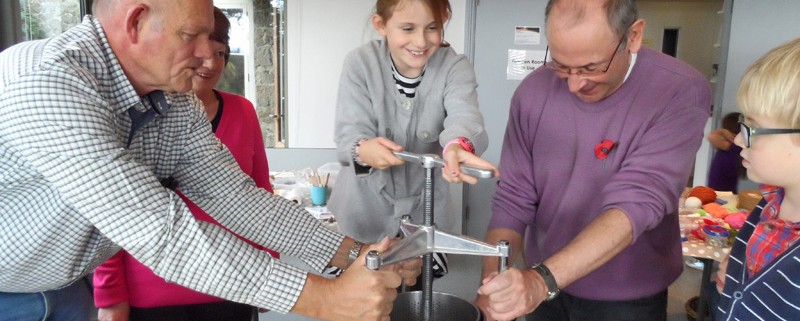

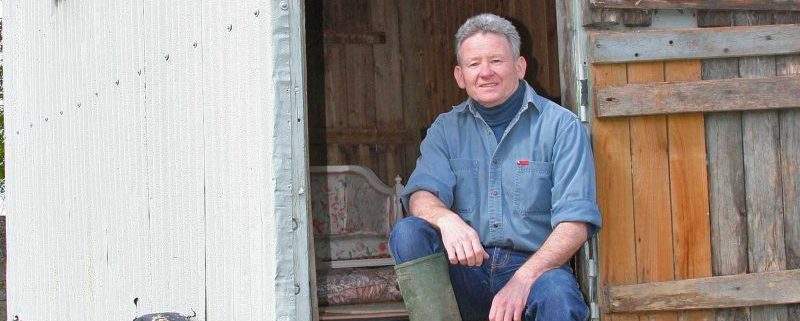
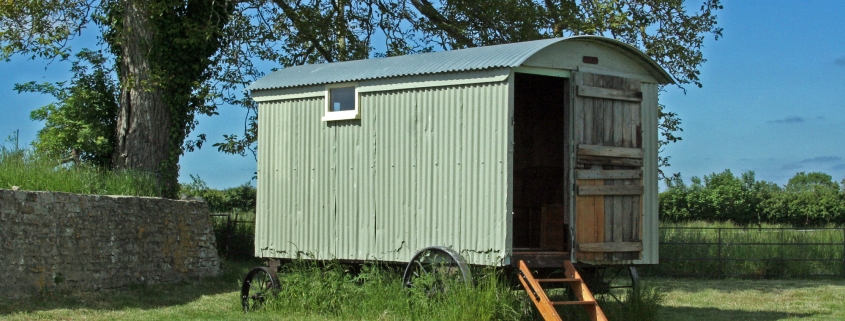 David Morris
David Morris
